If you’ve watched any of the David Attenborough wildlife documentaries, you may be wondering how you too can photograph the illusive snow leopard or soar with the eagles. While most of us won’t get the chance to film tigers in the wild, there’s plenty of fun to be had photographing wildlife in the woods or parks near where we live, as I discovered at the British Wildlife Centre in Surrey.
This article may contain affiliate links that provide commission on purchases you make at no extra cost to you. As an Amazon Associate I earn from qualifying purchases.
I was at a workshop hosted by Panasonic UK, learning how to improve my wildlife photography using the Lumix GX80 camera, under the expert tuition of top wildlife photographer, Phil Gould. Phil told us about the 4 P’s of wildlife photography: Passion, Patience, Perseverance, Practice, as well as giving us his top tips, before we were let loose to photograph the different animals around the centre. Read my review of the Lumix GX80 here.
If you’d like to capture better wildlife photos, here are 6 things to consider;
Get down low
For the most natural photograph, your camera needs to be at the eye level of the animal, so that it feels less threatened. I quickly noticed that the wildlife pro-photographers in our group were down on the ground, trying to get at the same level as Elwood the otter.
As the grass was wet and muddy I don’t think any of us wanted to go as far as actually lying down, but the Lumix GX80’s tilt screen meant that we could rest the camera on the ground and still be able to compose the picture on the screen.
Get up close and personal
Phil showed us some close-ups of wildlife that he’d taken, and I tried to capture something similar with this photo of Florence the Tawny Owl holding me in her inscrutable gaze. In order to capture the close up shots, I needed to switch the standard 12-32 lens for a zoom lens like the 45-200, which I had the chance to try during the workshop. This photo was taken from a few metres away and then I cropped it further – the original is at the beginning of the article.
Here’s another photo of the Scottish wild cat taken by Phil which shows how getting close up with your lens or even cropping your shot can really add to the impact.
Capture the story
When you’re out photographing wildlife, the most memorable shots can be those that tell a story about the true nature of the animal you are photographing, or capture an illusive moment. Phil told us to observe the creatures we were photographing, to understand what they were likely to do next and use that knowledge to anticipate the best shot. For instance deer are naturally curious and will often come towards you if you stand patiently and wait.
With this in mind I used the 4K option on the Lumix GX80 to take a series of shots of Biscuit the fox as she swung around and then picked the one that I felt captured the moment. I was trying to capture an image of the fox as if out hunting, at that moment when she had just spotted a rabbit.
Take advantage of the natural light
When photographing wildlife outside, you can’t control the lighting as you would in a studio, so you need to be much more aware of the natural light. You need to keep the sun behind you so that it will be lighting up your subject in the photograph and keep an eye on any patches of light and shade that can be used to good effect. I liked that way the sunlight lit up the face of McAverty the Scottish Wild Cat and the blades of grass, while the log in front of him was in shadow.
Watch your background
While we were out photographing during the workshop, Phil reminded us to keep an eye on the background behind the animals we were photographing. Ideally you want a clean background without too much distraction so that you can focus on the animal itself. By just shifting your position slightly you may be able to move that pole or bench out of shot.
I was trying to do this when I photographed Dale the red squirrel but although I succeeded with a nice background of foliage, the rope kept popping into shot behind him. When I got home I was able to crop the photo to the image below, cutting out the rope and some of the metal pole to improve the image. Don’t be afraid of a bit of post-processing to improve your shot!
Use the camera settings to your advantage
Although I confess to not being a very ‘technical’ photographer and mainly shooting on auto, if you want to take your photography up a notch, it’s worth experimenting with the camera settings. Phil’s photo of the squirrel below shows how he has used the aperture mode to create a depth of field, blurring the background to make the subject stand out more clearly.
You can buy the Panasonic Lumix GX80 on Amazon here
Discovering Lumix Unmissable Moments
If you want more inspiration on how other photographers are using the Panasonic Lumix G range, check out the Lumix Experience website where you’ll find galleries and video tutorials to show you how you can get the best from your Lumix camera. You can also follow the conversation on social media with the hashtag #UnmissableMoments.
Wildlife photography at the British Wildlife Centre
All the wildlife photographs were taken in a wildlife photography workshop at the British Wildlife Centre in Surrey, where you can see and photograph some of the wild animals that are native to the UK. The centre also runs regular photography workshops where you can improve your wildlife photography, with tips from the experts. The workshop I attended was specially arranged to enable our group to try out the Panasonic Lumix GX80 camera
British Wildlife Centre, Eastbourne Road, New chapel, Lingfield, Surrey, RH7 6LF, Tel: 01342 834 658
About the Panasonic Lumix GX80
You can read my review of the Panasonic Lumix GX80, which is ideal for travellers and photographer who want to get great pictures without having to carry a large, heavy camera around. I loved the smaller body and the ability to change the lens to suit the situation, for instance you really do need a zoom lens like the 45-200 if you’re photographing a lot of wildlife.
The body is sturdy, with a textured and slightly retro feel and has a comfortable finger grip at one end. The 4K feature enables you to take a series of photos and then choose the best one and there’s in-body stabilisation and fast auto-focus to enable you to capture those #unmissablemoments, whether it’s a squirrel in your garden or your kids having fun.
The Panasonic Lumix GX80 camera would make a fabulous gift for anyone who’s a keen photographer but wants a camera that’s light and easy to use – or why not treat yourself?
Key information about the Panasonic Lumix GX80
- 16-million-pixel Four Thirds sensor, no optical low-pass filter
- ISO 200-25,600 (ISO 100-25,600 extended)
- Dual IS: 5-axis in-body stabilisation working with 2-axis in-lens
- 4K video recording and 4K Photo mode
- 76-million-dot equivalent EVF (16:9 aspect ratio)
- 04-million-dot 3-inch tilting touchscreen
- New low-vibration shutter: 60sec – 1/4000sec (1sec – 1/16000 sec electronic)
- £509 body only, £599 with 12-32mm f/3.5-5.6 lens
Check prices for the Panasonic Lumix GX80 camera
Thanks to Panasonic UK who invited me to the workshop and gave me a Panasonic Lumix GX80 for the purposes of this review.
Pin It
This article is originally published at Heatheronhertravels.com – Read the original article here

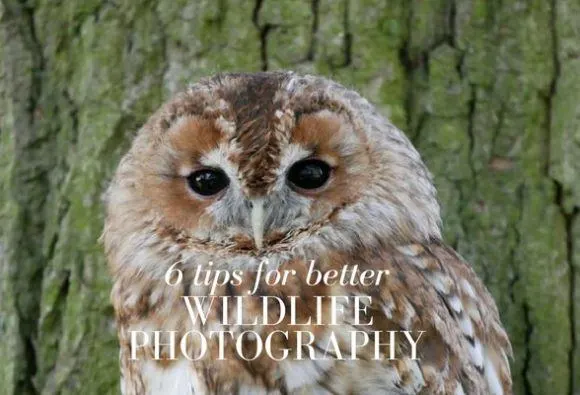
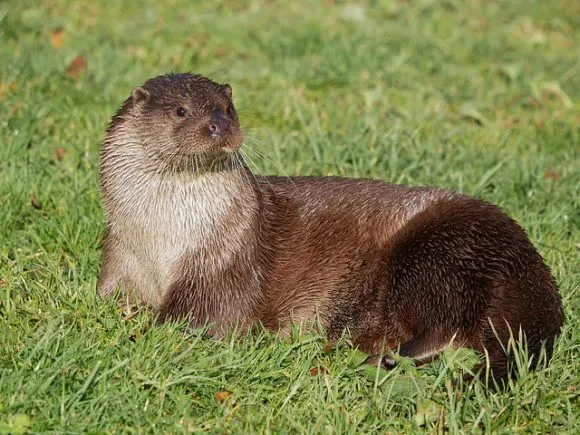
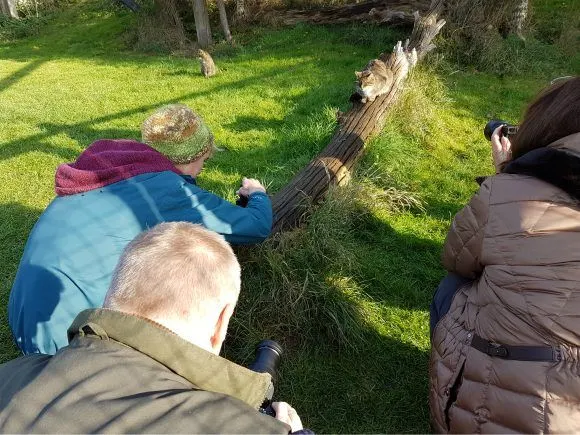
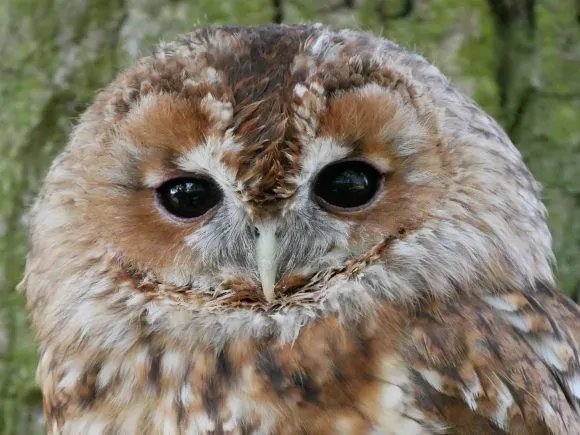
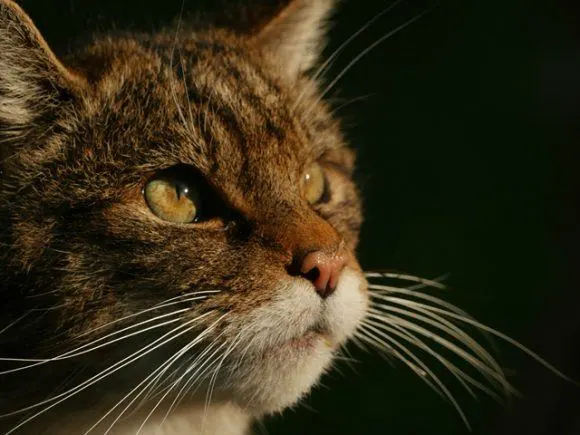
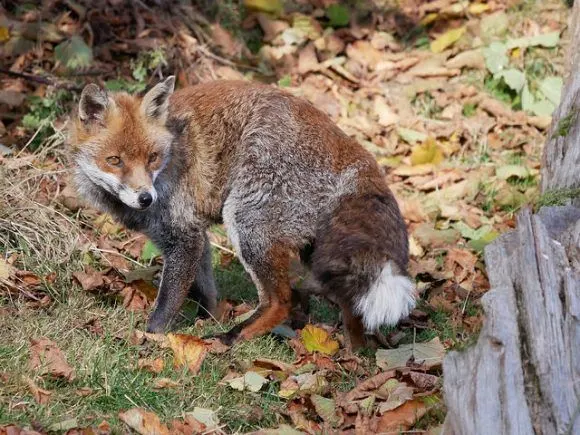
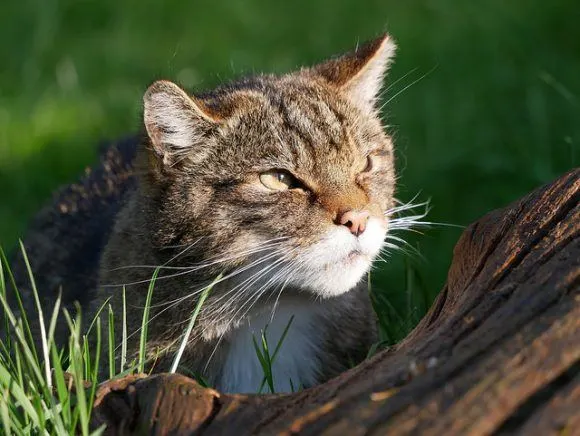
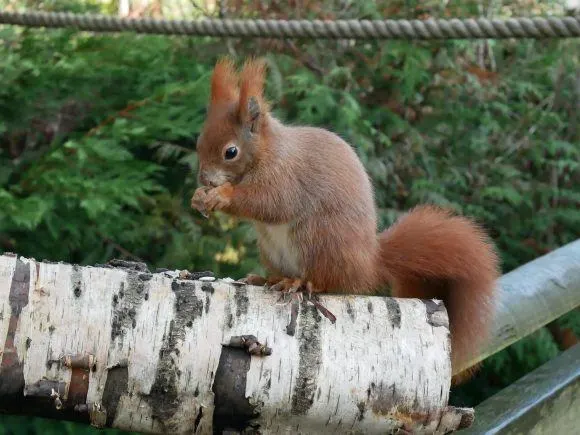
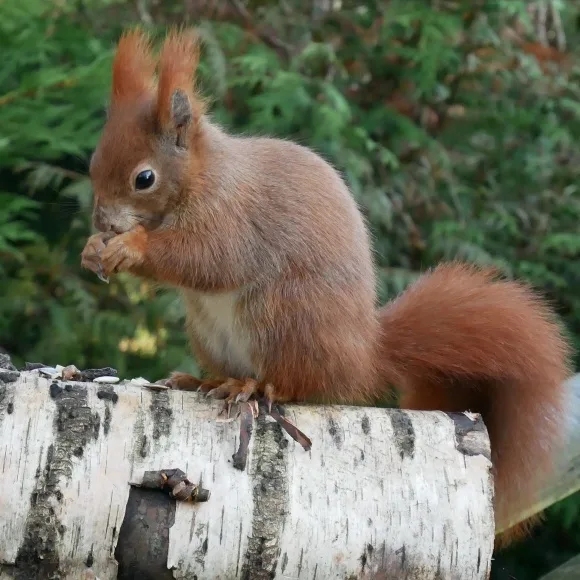
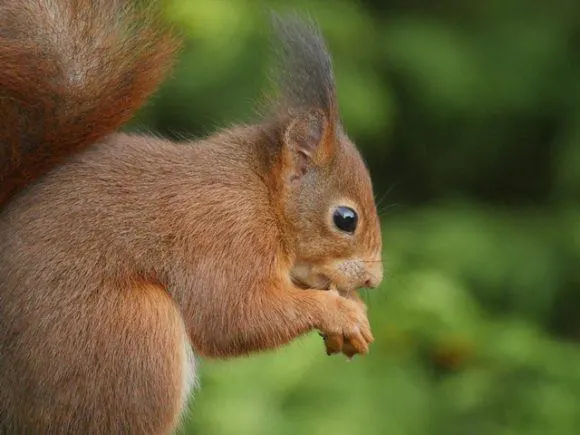
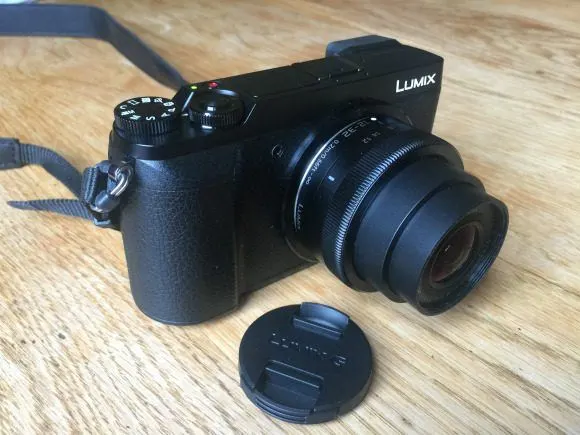
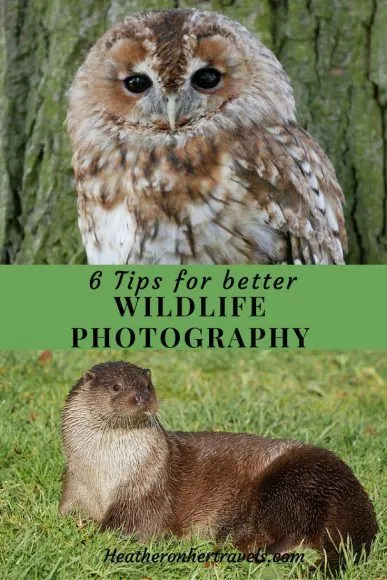

Luiz Braido
Wednesday 20th of May 2020
Thanks! This post was extremely helpful. I am preparing to take the leap as well, and leaving this 9 to 5 life behind!
Karim
Monday 20th of April 2020
Hey,,,these are really helpful tips. I enjoy wildlife a lot and with these tips my wildlife photography skills may also improve.
CCS Remodeling
Thursday 16th of April 2020
Your pictures are amazing and thanks for sharing these valuable tips. I also love taking wildlife photos but they are not perfect. Hope your tips will help.
Ibrahim Nagi
Tuesday 17th of September 2019
I love wild life photography because I am also a Photographer, and your article is beyond the explanation, you do really a great job, Thanks Again and keep it up.
Anchell Workshops
Friday 30th of August 2019
Thanks for the tips! Love your blog.